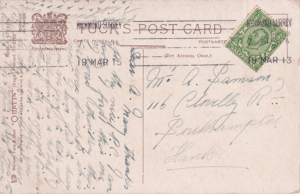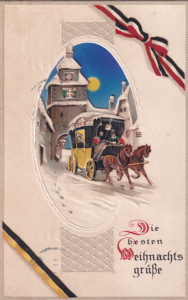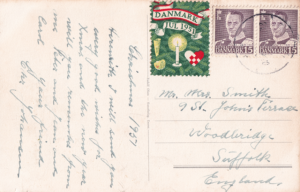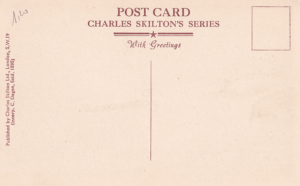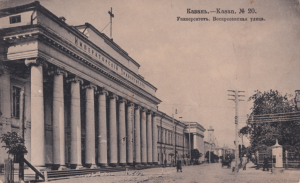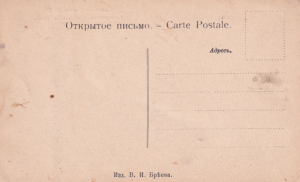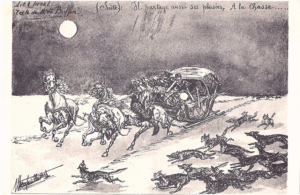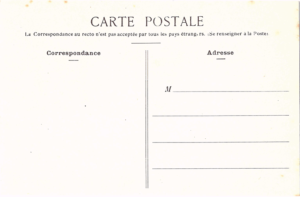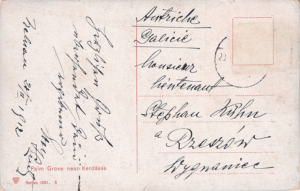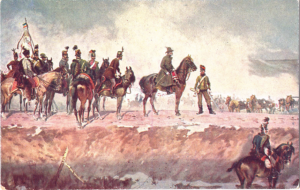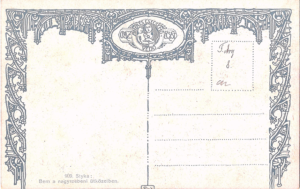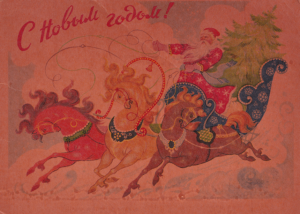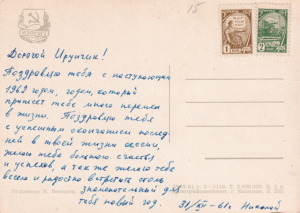The Legend of the Great Nanko.

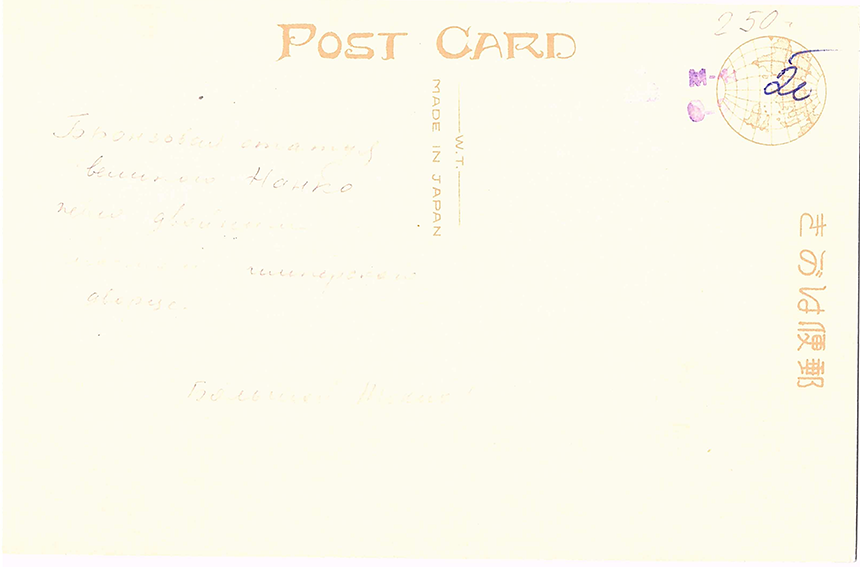
Reverse side of the postcard.
More information
The Legend of the Great Nanko.
After the full-scale introduction of Neo-Confucianism as a state philosophy by the Tokugawa shogunate, Kusunoki Masashige, once called a traitor by the Northern Court, was resurrected with Emperor Go-Daigo as a precursor of Sinocentric absolutists, based upon the Neo-Confucian theories.
During the Edo period, scholars and samurai who were influenced by the Neo-Confucian theories popularized the legend of Kusunoki and enshrined him as a patriotic hero, called Nankō or Dai Nankō, who epitomized loyalty, courage, and devotion to the Emperor.
In 1871 Minatogawa Shrine is established in order to enshrine the kami spirit of Kusunoki Masashige. Kusunoki later became a patron saint of sorts to World War II kamikaze, who saw themselves as his spiritual heirs in sacrificing their lives for the Emperor.
The letter is in reverse of the postcard:
"Bronze statue of the great Nanko in front of the double bridge of the Imperial Palace (Greater Tokyo)".
Founder
W. T., Made in Japan.
Date
1915.
Culture
Japan.
Classification
Postcard.


